by Kathy Short, University of Arizona, Tucson, AZ
 One of the lessons that I have learned as a reader of global literature is to never read a book by itself–to always read a book alongside other books. Over and over, I find that our interpretations and connections change dramatically when we read paired books or read a book within a larger text set or collection. Throughout the next month, my blogs will focus on my experiences of reading books alongside each other, most recently within a graduate course on global literature.
One of the lessons that I have learned as a reader of global literature is to never read a book by itself–to always read a book alongside other books. Over and over, I find that our interpretations and connections change dramatically when we read paired books or read a book within a larger text set or collection. Throughout the next month, my blogs will focus on my experiences of reading books alongside each other, most recently within a graduate course on global literature.
This blog focuses on an example of how our perspectives on a book can change dramatically when we read it within a broader collection. Mirror, written and illustrated by Jeannie Baker (2010), is an Australian picture book that is receiving enthusiastic reviews as visually stunning with a thoughtful message of global interdependence. As an individual piece of literature, this picture book is exemplary and deserving of awards and recognition as an aesthetic masterpiece. When considered within the political structures of our society and the broader collection of children’s books, however, the book is problematic and raises provocative questions about the responsibilities of authors, reviewers, and readers.
Continue reading →
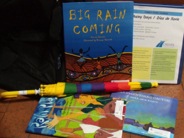 The oral stories that are shared in families both reflect and build on family funds of knowledge, providing a potential connection for meaningful home/school partnerships. At Worlds of Words, we have been exploring family story backpacks as a way to connect with families. Typically, the materials we send home from school tell parents how to do school with their child rather than encouraging them to share their stories and knowledge with us—we want to bring the home into school rather than just take school into the home. Continue reading
The oral stories that are shared in families both reflect and build on family funds of knowledge, providing a potential connection for meaningful home/school partnerships. At Worlds of Words, we have been exploring family story backpacks as a way to connect with families. Typically, the materials we send home from school tell parents how to do school with their child rather than encouraging them to share their stories and knowledge with us—we want to bring the home into school rather than just take school into the home. Continue reading 

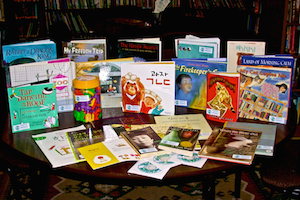
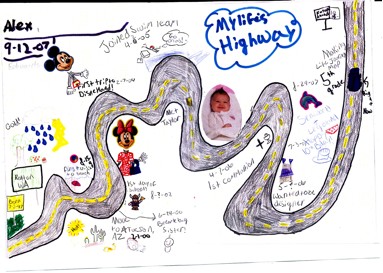 The Common Core State Standards put a major emphasis on the close reading of texts, recommending that students find and cite evidence in the text as they discuss key ideas and details, craft and structure, and knowledge and ideas. Text analysis is viewed as bringing rigor to reading with an emphasis on higher level critical reading skills. Any text read to or by students is used for instructional purposes, to teach something. If students respond to a text by talking about what it reminds them of from their lives, teachers are to steer students back to the task and ask them to talk about what the story is about—to get the details and to support their statements by citing evidence in the text. Text-dependent questions and evidence, not connection, are valued.
The Common Core State Standards put a major emphasis on the close reading of texts, recommending that students find and cite evidence in the text as they discuss key ideas and details, craft and structure, and knowledge and ideas. Text analysis is viewed as bringing rigor to reading with an emphasis on higher level critical reading skills. Any text read to or by students is used for instructional purposes, to teach something. If students respond to a text by talking about what it reminds them of from their lives, teachers are to steer students back to the task and ask them to talk about what the story is about—to get the details and to support their statements by citing evidence in the text. Text-dependent questions and evidence, not connection, are valued. 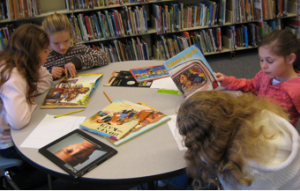 One aspect of the Common Core State Standards that has received a great deal of attention is the increased focus on informational texts. The CCSS document calls for 50/50 split between informational and literary texts in kindergarten, gradually increasing to a 70/30 split in high school.
One aspect of the Common Core State Standards that has received a great deal of attention is the increased focus on informational texts. The CCSS document calls for 50/50 split between informational and literary texts in kindergarten, gradually increasing to a 70/30 split in high school.
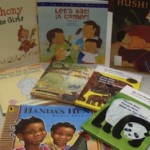
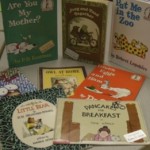
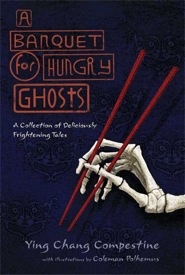
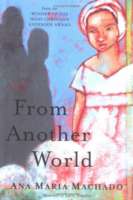


 One of the lessons that I have learned as a reader of global literature is to never read a book by itself–to always read a book alongside other books. Over and over, I find that our interpretations and connections change dramatically when we read paired books or read a book within a larger text set or collection. Throughout the next month, my blogs will focus on my experiences of reading books alongside each other, most recently within a graduate course on global literature.
One of the lessons that I have learned as a reader of global literature is to never read a book by itself–to always read a book alongside other books. Over and over, I find that our interpretations and connections change dramatically when we read paired books or read a book within a larger text set or collection. Throughout the next month, my blogs will focus on my experiences of reading books alongside each other, most recently within a graduate course on global literature.